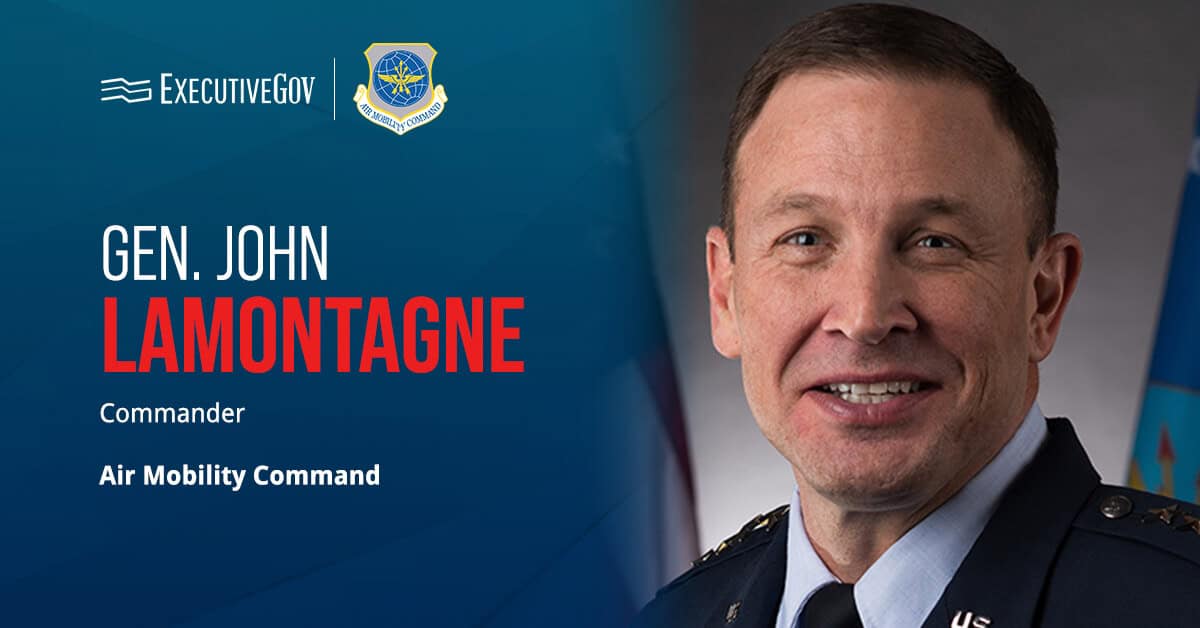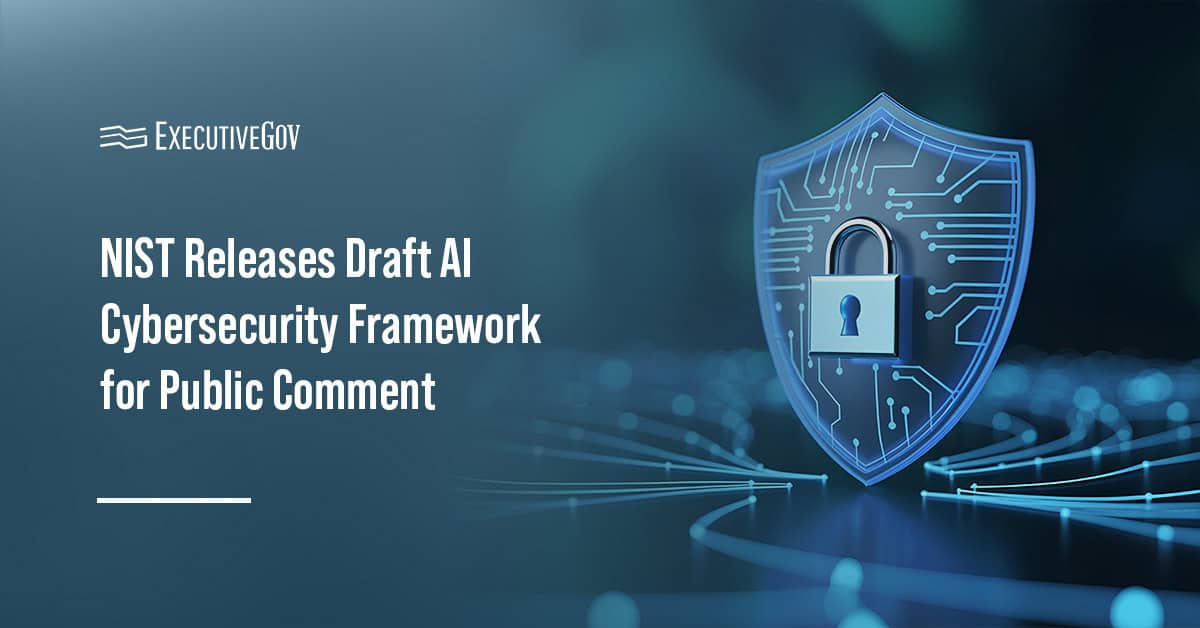The U.S. Air Force’s Operation Flamethrower will work to get rid of outdated IT policies that challenge network modernization. The initiative has worked to modernize IT policy, and will shift its force to discard policies burdens the Air Force’s move to an enterprise IT-as-a-service model, FedScoop reported on Friday.
“Operation Flamethrower is all about creating offsets,” said Brig. Gen. Chad Raduege. Flamethrower will leverage offsets to create policy changes that would reduce the network operations stress with automation and secure endpoint weaknesses.
The Air Force have driven a multi-year network transformation journey. The service branch has driven the enterprise IT-as-a-service model to replace outdated legacy systems that are less secure and limit connectivity.
Operation Flamethrower is also looking to reduce the redundancies created in the transition. “We are trying to figure out how to get from the legacy network where we are today into the future,” Raduege said.
Lauren Knausenberger, deputy chief information officer with the U.S. Air Force and 2021 Wash100 Award recipient, recently discussed how the service branch has leveraged new tactics to increase cybersecurity, modernize its IT framework and launch new platforms that support emerging technologies during GovConWire’s Air Force: IT Plans and Priorities Forum.
If you missed the Air Force: IT Plans and Priorities Forum, you can still access the OnDemand recording by visiting GovConWire’s Event Archive.
The Air Force has adopted four main pillars to drive the service branch’s strategy: Digital Foundation, User Experience for Warfighter Effect, Enabling Digital Talent and Attack on Outdated Policy and Redundant IT.
“From the network layer, zero trust, cloud and DevSecOps, we want to drive new ways of IT and advance our cyber landscape. The threats are more persistent and advanced, so we want to rapidly adopt emerging technologies to protect ourselves,” Knausenberger added.
In regards to removing and replacing redundant IT, Knausenberger discussed Operation Flamethrower. Led by Raduege and Knausenberger, the project was developed to abandon legacy network-related policies, processes or equipment that are not working.
In Nov. 2020, Raduege said, “We are going to rapidly identify legacy network things that have run aground. It could either be policy limitations or redundant capabilities, any tools that are providing us with the things we don’t need, we are going to burn to the ground with a flamethrower.”





